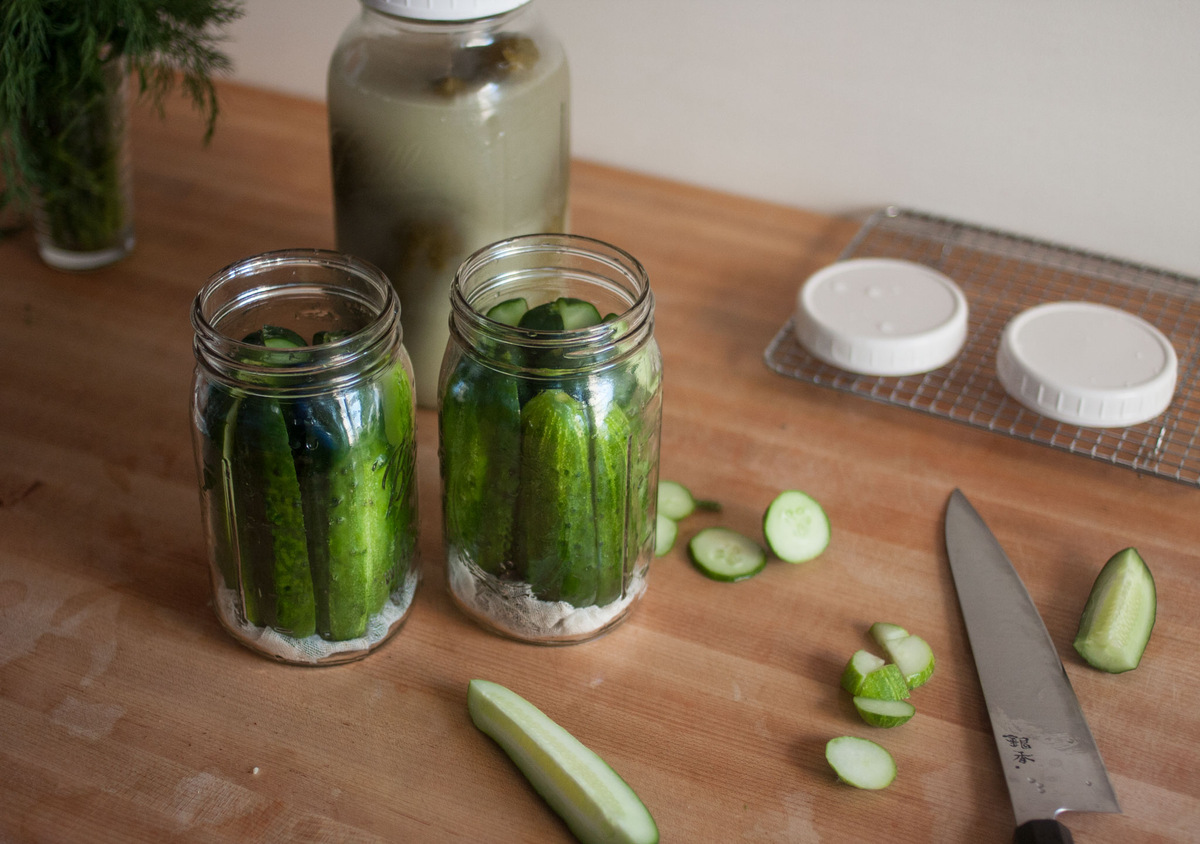

Articles
How To Store Cut Up Cucumbers
Modified: December 7, 2023
Learn the best ways to store cut up cucumbers in this helpful article. Discover practical tips and tricks for maintaining freshness and flavor.
(Many of the links in this article redirect to a specific reviewed product. Your purchase of these products through affiliate links helps to generate commission for Storables.com, at no extra cost. Learn more)
Introduction
Welcome to the world of culinary convenience! If you’re a cucumber lover, but find that a whole cucumber is too much for a single serving, we have a solution for you: storing cut-up cucumbers. By cutting up cucumbers and storing them properly, you can enjoy their crisp texture and refreshing flavor whenever you want, without the hassle of slicing a whole cucumber each time. In this article, we will guide you through the process of storing cut-up cucumbers, ensuring that they remain fresh, crunchy, and ready to use.
Not only does storing cut-up cucumbers save you time and effort in the kitchen, but it also allows you to incorporate this versatile vegetable into a variety of dishes. From salads and sandwiches to pickles and salsa, cut-up cucumbers add a delightful crunch and burst of freshness to your meals.
Before diving into the step-by-step guide on how to store cut-up cucumbers, let’s take a look at the benefits of doing so. Knowing the advantages will motivate you even further to make this a regular part of your kitchen routine.
Key Takeaways:
- Enjoy the convenience of having crisp, refreshing cut-up cucumbers on hand for quick meal prep, reduced food waste, and versatile culinary creations. Embrace the world of culinary convenience and elevate your dishes with perfectly stored cucumbers!
- By following proper handling and storage techniques, you can extend the freshness of cut-up cucumbers, minimize food waste, and save time in the kitchen. Embrace the convenience and flavor of having cut cucumbers ready whenever you need them!
Read more: How To Store Cut Cucumbers
Benefits of Storing Cut Up Cucumbers
Storing cut-up cucumbers offers several advantages that make it a practical and convenient option for cucumber enthusiasts:
- Time-Saving: By preparing and storing cut-up cucumbers in advance, you can save valuable time in the kitchen. No more peeling, slicing, and dicing each time you want to enjoy a cucumber. With pre-cut cucumbers at your disposal, you can quickly add them to your meals or snacks.
- Extended Freshness: Properly stored cut-up cucumbers can stay fresh for longer periods compared to whole cucumbers. This is because when a cucumber is cut, the exposed surfaces are more vulnerable to moisture loss and spoilage. By storing them correctly, you can extend their shelf life and enjoy their crispness and flavor.
- Convenient Portions: Sometimes a whole cucumber is too much for a single serving or recipe. By cutting up cucumbers, you have the flexibility to portion them according to your needs. Whether you need a handful of cucumber slices for a salad or a few sticks for dipping, having pre-cut cucumbers allows you to easily customize your servings.
- Easy Meal Preparation: Keeping cut-up cucumbers on hand makes meal preparation a breeze. You can add them to salads, sandwiches, wraps, or even use them as a healthy snack. Their crisp texture and refreshing taste can elevate the flavor profile of various dishes, while also providing essential nutrients.
- Reduced Food Waste: Sometimes, a whole cucumber may go to waste if it’s not used within a certain timeframe. By cutting up cucumbers and storing them properly, you can minimize food waste by only using what you need. This not only helps the environment but also saves you money in the long run.
Now that you have a clear understanding of the benefits, it’s time to gather the necessary tools and supplies for storing cut-up cucumbers.
Recommended Tools and Supplies
Before you embark on the journey of storing cut-up cucumbers, it’s important to gather the necessary tools and supplies. Here is a list of the recommended items:
- Sharp Knife: A sharp knife is essential for cutting the cucumbers into desired shapes and sizes. Make sure your knife is clean and in good condition to ensure smooth and precise cuts.
- Cutting Board: Invest in a sturdy, non-porous cutting board that is easy to clean. This will provide a safe and clean surface for slicing the cucumbers, preventing cross-contamination and maintaining hygiene.
- Storage Containers: Choose containers that are airtight and have a secure lid. Glass or BPA-free plastic containers are ideal options. The containers should be spacious enough to hold the cut-up cucumbers without overcrowding them.
- Paper Towels or Kitchen Towel: A few sheets of paper towels or a clean kitchen towel are handy for removing excess moisture from the cucumbers before storage. This step helps maintain their freshness and prevents them from becoming watery.
- Labels and Marker: Using labels and a marker is useful for noting the date of storage. This helps you keep track of the cucumbers’ freshness and ensures you use the oldest ones first.
- Refrigerator: A refrigerator is a vital component in storing cut-up cucumbers. Its cool temperature helps maintain freshness, crispness, and flavor for an extended period.
By having these tools and supplies ready, you will be well-prepared to store your cut-up cucumbers effectively. Now, let’s move on to the step-by-step guide on how to store cut-up cucumbers properly!
Step 1: Selection and Preparation of Cucumbers
Choosing the right cucumbers is crucial to ensure the best-quality cut-up cucumbers. Follow these guidelines for selecting and preparing your cucumbers:
- Freshness: Look for firm cucumbers with vibrant green skin. Avoid cucumbers that show signs of softness, wrinkling, or yellowing, as they may not be fresh and could have a shorter shelf life.
- Size: Select cucumbers of appropriate size for your storage needs. Smaller cucumbers work well for single servings or snacks, while larger cucumbers may be more suitable for recipes that require substantial amounts of cucumber.
- Organic vs. Conventional: Consider choosing organic cucumbers whenever possible, as they are grown without synthetic pesticides and are generally fresher. If organic cucumbers are not available, thoroughly wash and scrub conventionally grown cucumbers to remove any residues before cutting.
- Thorough Washing: Rinse the cucumbers under cold water to remove any dirt or debris from the skin. You can use a vegetable brush to gently scrub the surface of the cucumbers.
- Peeling (Optional): Depending on personal preference and the dish you’re preparing, you can choose to peel the cucumbers or leave the skin intact. If you decide to peel, use a vegetable peeler or a knife to remove the skin in a smooth and even manner.
- Trimming the Ends: Trim off a small section from both ends of the cucumber. This helps remove any potential bitterness and gives the cucumber a fresh appearance.
- Drying: After washing and preparing the cucumbers, pat them dry with paper towels or a clean kitchen towel. Removing excess moisture prevents the cucumbers from becoming overly watery and helps maintain their texture and freshness.
Now that your cucumbers are ready, it’s time to move on to the next step: cutting them into desired shapes and sizes!
Step 2: Cutting the Cucumbers
Now that your cucumbers are clean and dry, it’s time to transform them into the desired shapes and sizes. Follow these steps to cut your cucumbers:
- Decide on the Shape: Determine the shape you want for your cut-up cucumbers. Common options include slices, sticks, or chunks. The choice depends on your personal preference and how you plan to use them in your recipes.
- Uniformity: Aim for uniformity in size so that the cut-up cucumbers cook evenly and look visually appealing. This is especially important when using them in salads or other dishes where consistent sizing is desired.
- Use a Sharp Knife: Use a sharp knife to ensure clean and precise cuts. A dull knife can cause uneven edges and may result in mushy or bruised cucumbers.
- Slice Method: If you prefer cucumber slices, place the cucumber horizontally on the cutting board and use a smooth, gliding motion to slice it into thin or thick rounds, depending on your preference.
- Sticks Method: For cucumber sticks, cut the cucumber lengthwise into halves or quarters. Then, take each piece and slice it lengthwise again to create long, thin sticks.
- Chunks Method: If you prefer cucumber chunks, start by cutting the cucumber into slices. Then, stack the slices on top of each other and cut them into equal-sized pieces.
- Consistency: Regardless of the shape you choose, aim for consistent thickness throughout your cut cucumbers. This ensures even cooking and a consistent texture when using them in recipes.
- Repeat: Continue cutting the remaining cucumbers in the same manner until you have cut up all the cucumbers you wish to store.
Once you have finished cutting the cucumbers, it’s time to move on to the next step: selecting the right storage container.
Store cut up cucumbers in an airtight container or resealable bag in the refrigerator. Place a paper towel in the container to absorb excess moisture and help keep the cucumbers crisp. They should stay fresh for 1-2 days.
Read more: How To Store A Cucumber After Cutting
Step 3: Choosing the Right Storage Container
Choosing the correct storage container is essential to keep your cut-up cucumbers fresh and maintain their quality. Follow these guidelines to select the right storage container:
- Airtight and BPA-Free: Look for a storage container that is airtight to prevent air from entering and moisture from escaping. This helps maintain the crispness and freshness of the cucumbers. Additionally, opt for a BPA-free container to ensure the cucumbers are not exposed to harmful chemicals.
- Appropriate Size: Select a container that can accommodate the amount of cut cucumbers you have prepared without overcrowding them. Overcrowding can lead to moisture buildup and reduce the cucumbers’ shelf life. If needed, you can use multiple containers to store the cucumbers in batches.
- Clean and Dry: Before using the container, make sure it is thoroughly cleaned and dried. Any residual food particles or moisture can contribute to the growth of bacteria or mold, compromising the cucumbers’ freshness.
- Transparent: Opt for a transparent container, such as glass or BPA-free plastic, that allows you to see the contents easily. This helps you monitor the condition of the cucumbers and identify any signs of spoilage.
- Stackable: If storage space is limited in your refrigerator, consider choosing stackable containers. Stackable containers maximize the use of vertical space, keeping your refrigerator organized and making it easier to locate the cut-up cucumbers.
- Multi-Purpose: While dedicated storage containers are ideal, you can also repurpose other airtight containers, such as food storage bags or mason jars, as long as they fulfill the requirements of being airtight and BPA-free.
Now that you have selected the perfect storage container for your cut-up cucumbers, let’s move on to the next step: ensuring the cucumbers stay fresh in the refrigerator.
Step 4: Keeping the Cucumbers Fresh in the Refrigerator
Proper storage in the refrigerator is crucial to maintaining the freshness and crispness of your cut-up cucumbers. Follow these guidelines to keep your cucumbers fresh:
- Prevent Moisture Buildup: Place a layer of paper towels or a clean kitchen towel at the bottom of the storage container. These absorbent materials help absorb excess moisture and prevent the cucumbers from becoming soggy.
- Arrange the Cucumbers: Place the cut-up cucumbers in a single layer inside the container. Avoid overcrowding the container, as this can lead to moisture buildup and compromise the cucumbers’ quality. If you have a large amount of cucumbers, use multiple containers or store them in batches.
- Airtight Seal: Ensure the container is tightly sealed to prevent air from entering and moisture from escaping. This airtight seal helps keep the cucumbers fresh for a longer period.
- Refrigerator Placement: Store the container of cut-up cucumbers in the refrigerator’s main compartment, preferably where the temperature is most consistent. Avoid placing them near the refrigerator door or in areas that are prone to temperature fluctuations.
- Refrigerator Temperature: Set the refrigerator temperature to around 40°F (4°C) to keep the cucumbers fresh. Cucumbers are sensitive to cold temperatures, so avoid storing them in the coldest part of the refrigerator, as this can cause chilling injuries and hasten their spoilage.
- Store Away from Ethylene-Producing Foods: Keep the cut cucumbers away from ethylene-producing foods, such as apples, bananas, and tomatoes. Ethylene is a natural gas produced by certain fruits and can accelerate the ripening process, causing the cucumbers to deteriorate more quickly.
- Use within a Few Days: While properly stored cut-up cucumbers can stay fresh for up to a week, it’s best to use them within a few days for optimal flavor and texture. As time passes, the cucumbers may start to lose their crispness and become softer.
Now that you know how to store your cut-up cucumbers in the refrigerator, let’s explore alternative storage methods for longer shelf life.
Step 5: Alternative Storage Methods
In addition to storing cut-up cucumbers in the refrigerator, there are alternative methods you can explore to further extend their shelf life:
- Vinegar Bath: If you prefer a tangy flavor, you can immerse the cut cucumbers in a vinegar bath before storage. Simply mix equal parts water and vinegar (such as white or apple cider vinegar) and soak the cucumbers for a few minutes. Drain and dry them thoroughly before transferring them to a storage container. The acidity of the vinegar helps preserve the cucumbers and adds a flavorful twist.
- Pickling: Pickling is another fantastic way to store cut cucumbers for a longer duration. You can prepare a brine solution consisting of water, vinegar, salt, sugar, and spices. Submerge the cut cucumbers in the brine solution and let them sit in the refrigerator for several days to several weeks, depending on your desired level of pickling. The result is crispy and flavorful pickled cucumbers that can be enjoyed as a snack or added to various dishes.
- Freezing: If you have an abundance of cut cucumbers and want to extend their shelf life even further, consider freezing them. However, keep in mind that freezing changes the cucumber’s texture, making it softer upon thawing. To freeze cut cucumbers, blanch them in boiling water for a few seconds, then transfer them to an airtight freezer-safe container or bag. Thawed cucumbers are best used in cooked dishes rather than raw applications due to their softer texture.
- Dehydrating/Drying: Dehydrating or drying cut cucumbers can be an excellent option if you’re looking for long-term storage. You can use a food dehydrator, oven, or even air-drying to remove the moisture from the cucumbers. Once completely dried, store them in an airtight container in a cool, dry place. Rehydrate the dried cucumbers before using them in recipes.
- Fermenting: Fermenting cut cucumbers is a traditional preservation method that not only extends their shelf life but also enhances their flavor and nutritional profile. Fermented cucumbers, also known as sour pickles, are made by submerging the cut cucumbers in a brine solution and allowing them to ferment for a period of time. The fermentation process creates a tangy and probiotic-rich final product.
Experiment with these alternative storage methods to find the one that best suits your taste preferences and needs. Now that you’re equipped with various storage techniques, let’s move on to the importance of proper handling and hygiene when dealing with cut-up cucumbers.
Step 6: Proper Handling and Hygiene
When it comes to storing cut-up cucumbers, it’s important to prioritize proper handling and hygiene to ensure food safety and maintain the cucumbers’ quality. Follow these guidelines for proper handling:
- Clean Hands: Before handling the cucumbers, wash your hands thoroughly with soap and water to remove any dirt, bacteria, or contaminants. Clean hands help prevent cross-contamination and ensure the cucumbers remain safe to consume.
- Sanitized Equipment: Ensure that all the tools and equipment you use, such as knives, cutting boards, and storage containers, are clean and sanitized. Regularly wash them with hot, soapy water, and rinse thoroughly to eliminate any potential bacteria or residue.
- Safe Cutting Surface: Choose a clean and non-porous cutting board to minimize the risk of bacterial growth and cross-contamination. Avoid using wooden cutting boards as they can absorb moisture and harbor bacteria.
- Proper Storage Time: While cut cucumbers can stay fresh for several days, it’s crucial to monitor their storage time and use them before they spoil. Label the storage containers with the date of storage to track their freshness and ensure you consume the oldest ones first.
- Regular Inspection: Regularly inspect the stored cut cucumbers for any signs of spoilage, such as mold, sliminess, or off odors. If you notice any of these signs, discard the affected cucumbers to prevent contamination of the remaining batch.
- Safe Consumption: When using the stored cut cucumbers, ensure that they are thoroughly washed again before consuming. This removes any potential surface bacteria that may have accumulated during storage.
- Proper Portioning: Take out only the amount of cut cucumbers you need for a specific recipe or meal to minimize unnecessary handling and potential spoilage. This helps maintain the quality and freshness of the remaining cucumbers.
By following these guidelines for proper handling and hygiene, you can ensure that your cut-up cucumbers are safe to consume and retain their optimal quality. Now that you have learned the essential steps for storing cut-up cucumbers, let’s wrap up this article.
Read more: How To Store Cut Cucumbers In Fridge
Conclusion
Storing cut-up cucumbers is a convenient and practical way to enjoy this versatile vegetable without the hassle of slicing a whole cucumber each time. By following the step-by-step guide outlined in this article, you can ensure that your cut cucumbers remain fresh, crisp, and ready to use whenever you need them.
From selecting and preparing the cucumbers to choosing the right storage container and implementing alternative storage methods, each step plays a critical role in maintaining the cucumbers’ quality and extending their shelf life. By taking the time to properly handle and store the cut-up cucumbers, you can minimize food waste, save time in the kitchen, and always have a healthy and refreshing ingredient at your fingertips.
Remember to prioritize proper hygiene and safe handling throughout the process. Keep your hands and equipment clean, regularly inspect the stored cucumbers, and consume them within a reasonable time frame. By incorporating these practices, you can ensure the safety and taste of the cut cucumbers you store.
Whether you’re adding them to salads, sandwiches, or enjoying them as a refreshing snack, cut-up cucumbers bring a delightful crunch and burst of freshness to your meals. So, get ready to enjoy the convenience and flavor of having cut cucumbers on hand whenever you need them.
Now that you’re equipped with the knowledge and techniques for proper cucumber storage, it’s time to put them into practice. Embrace the world of culinary convenience and elevate your culinary creations with the addition of perfectly stored cut-up cucumbers.
Frequently Asked Questions about How To Store Cut Up Cucumbers
Was this page helpful?
At Storables.com, we guarantee accurate and reliable information. Our content, validated by Expert Board Contributors, is crafted following stringent Editorial Policies. We're committed to providing you with well-researched, expert-backed insights for all your informational needs.
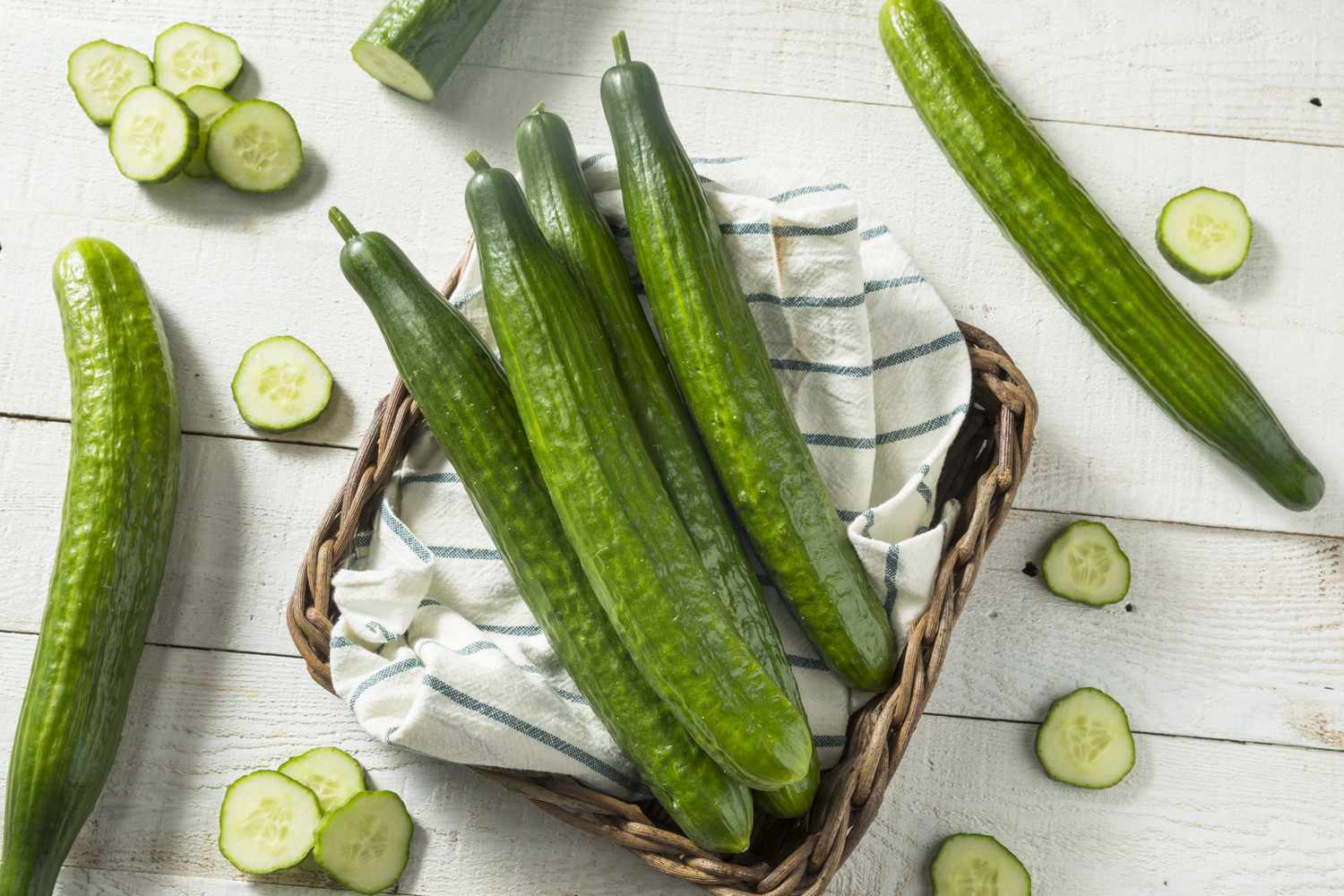
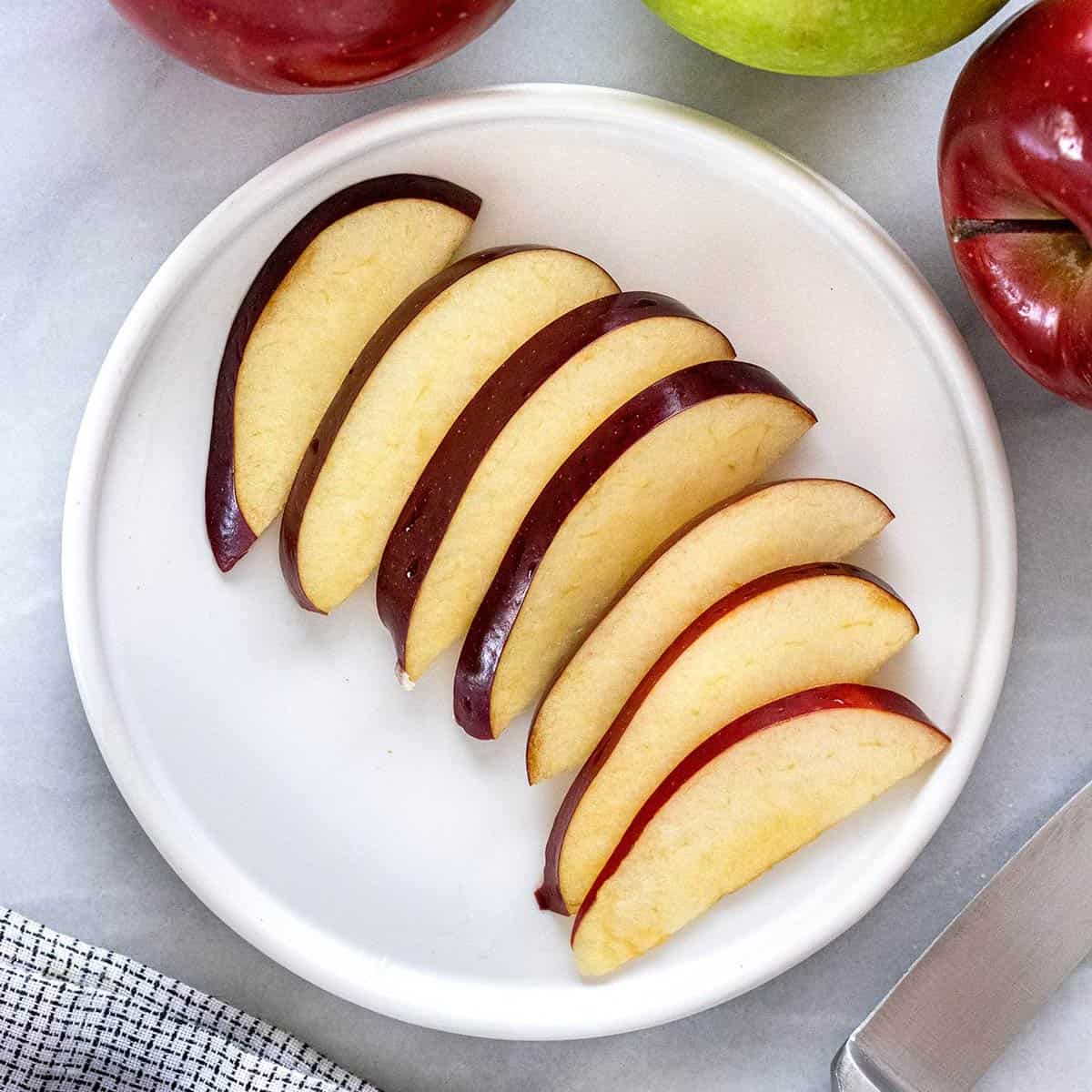
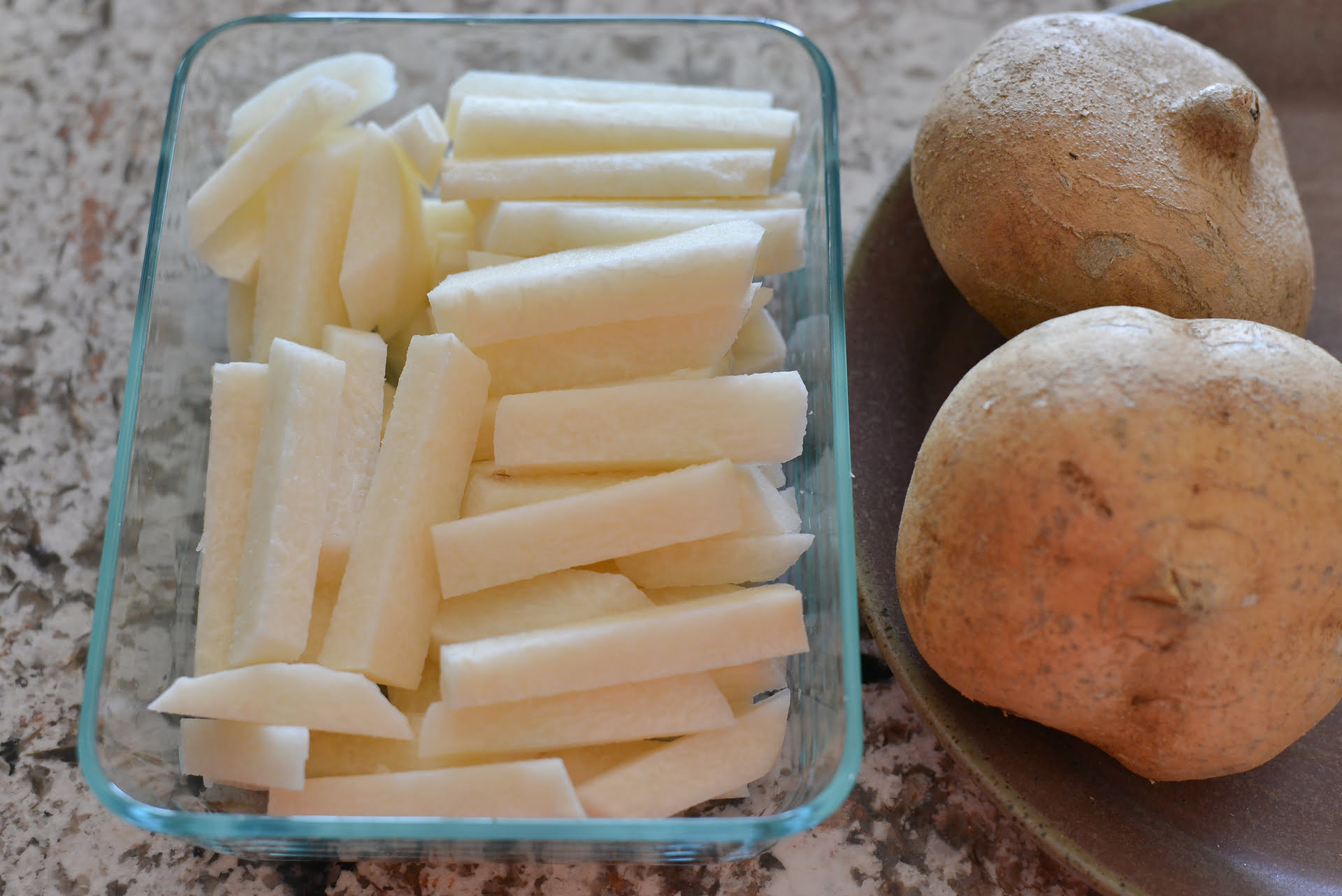
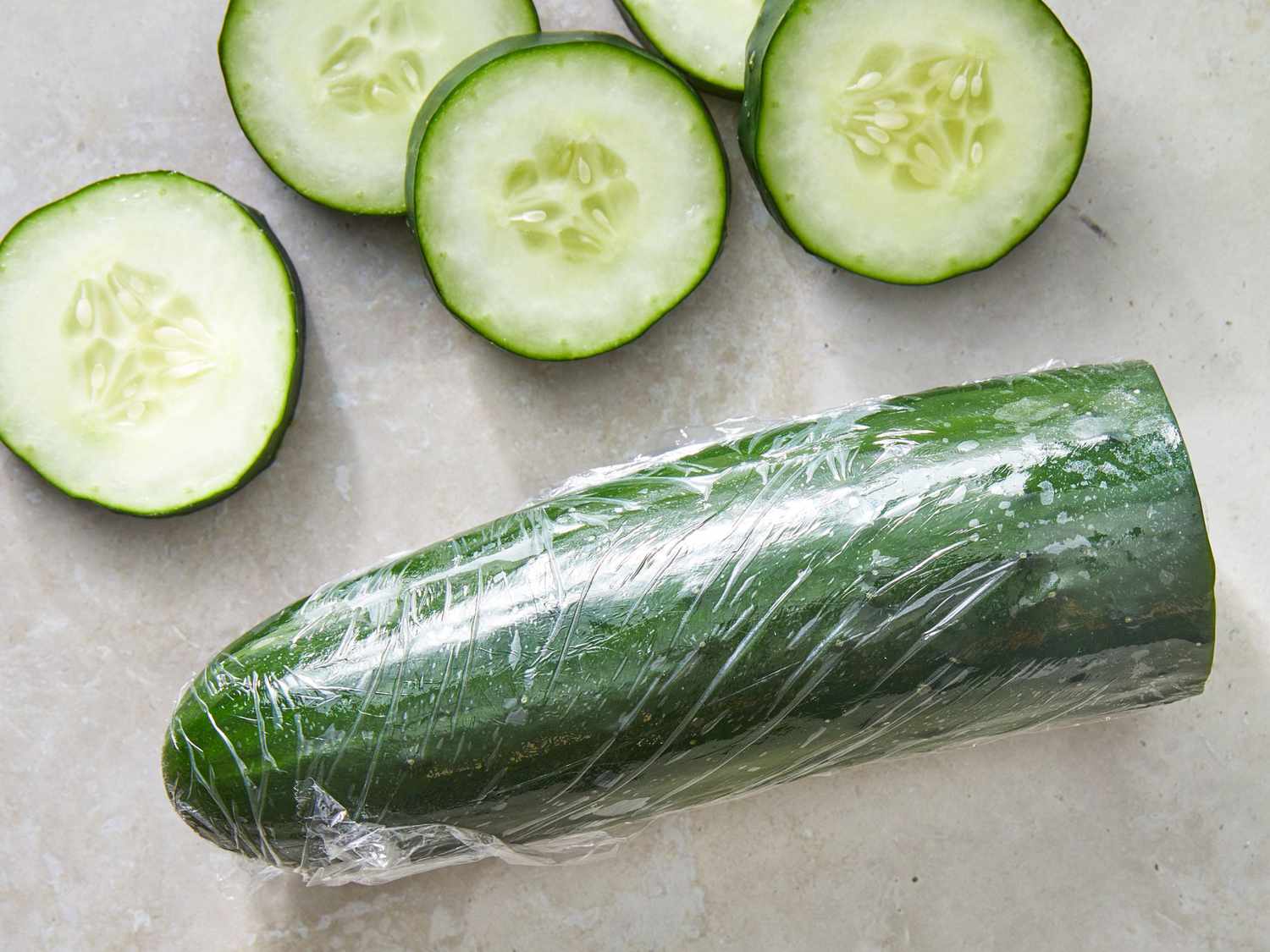
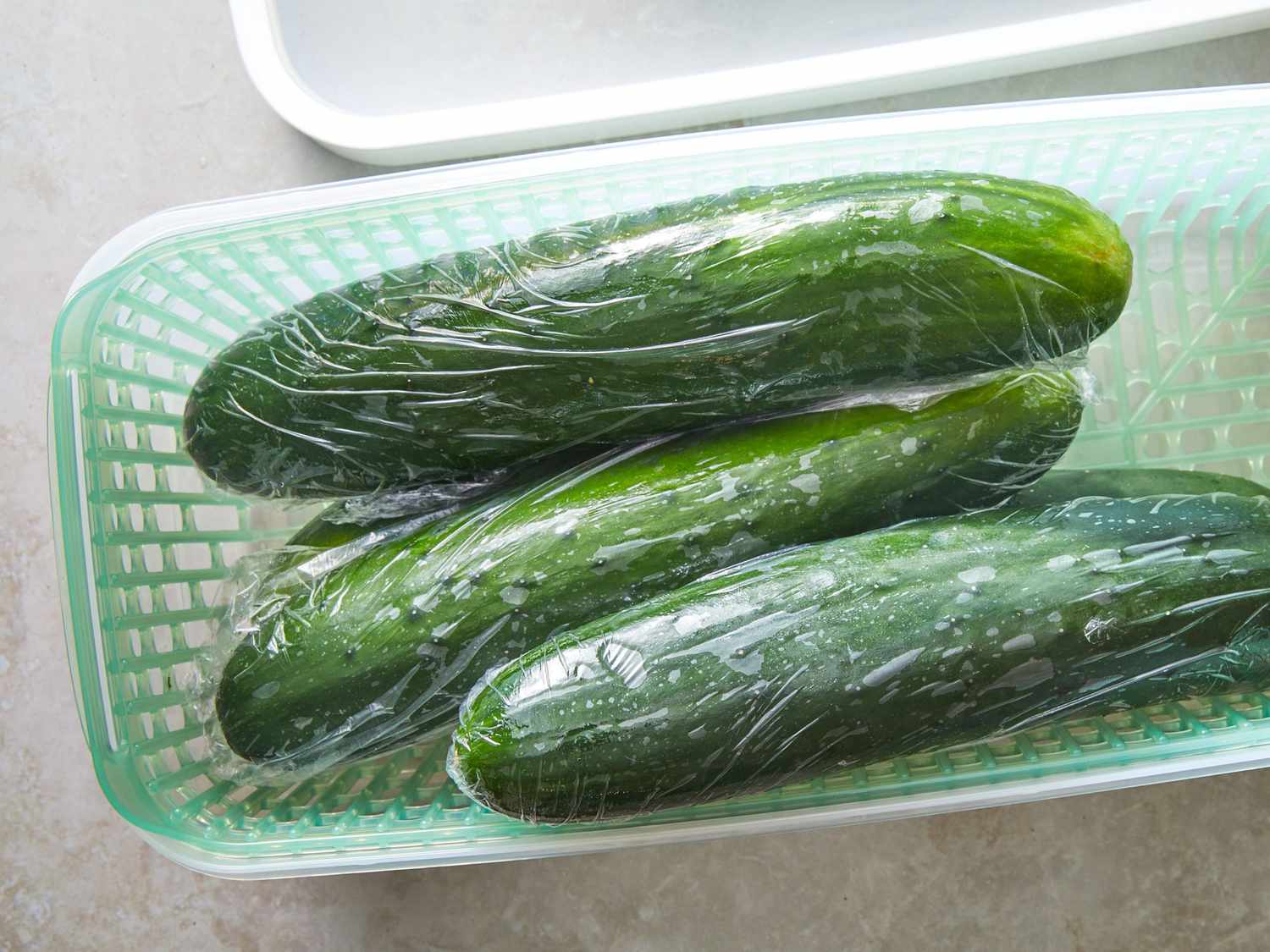
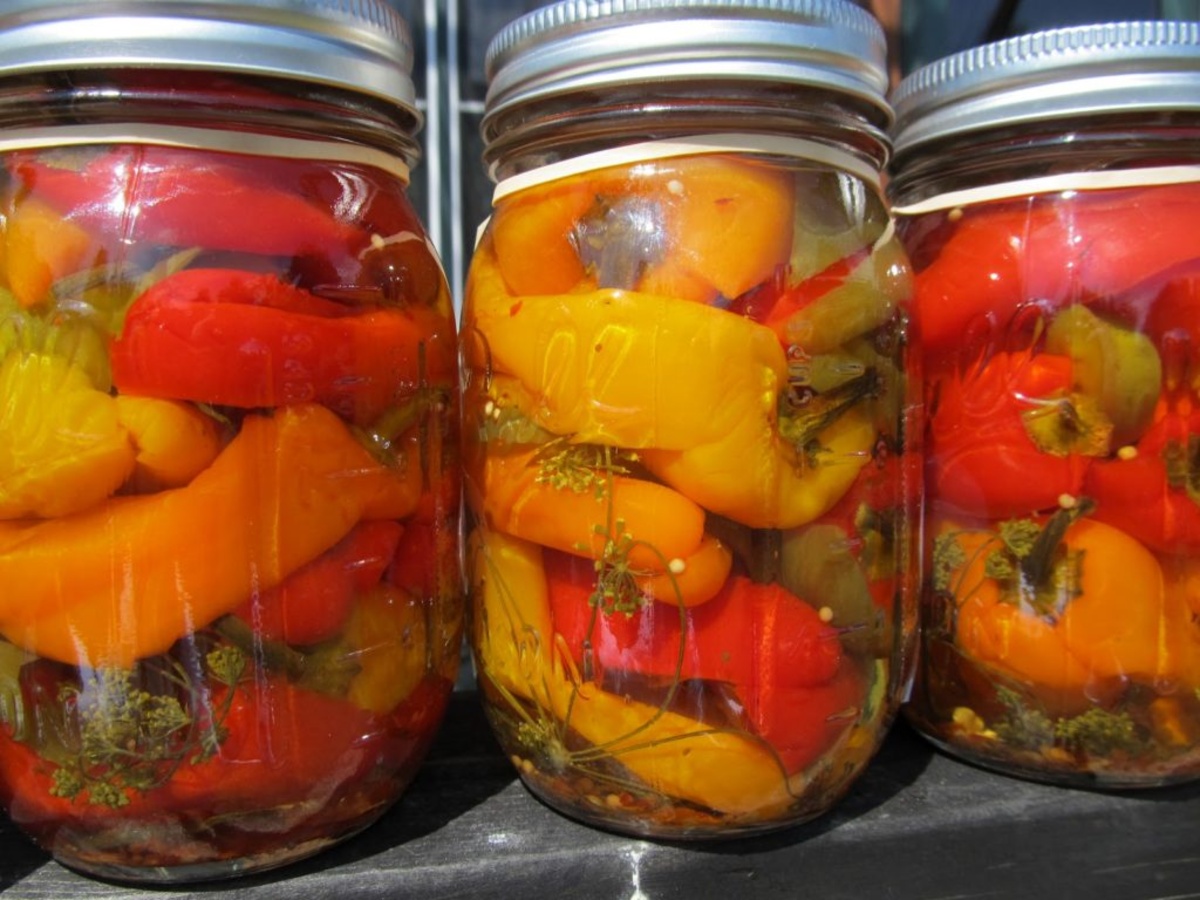
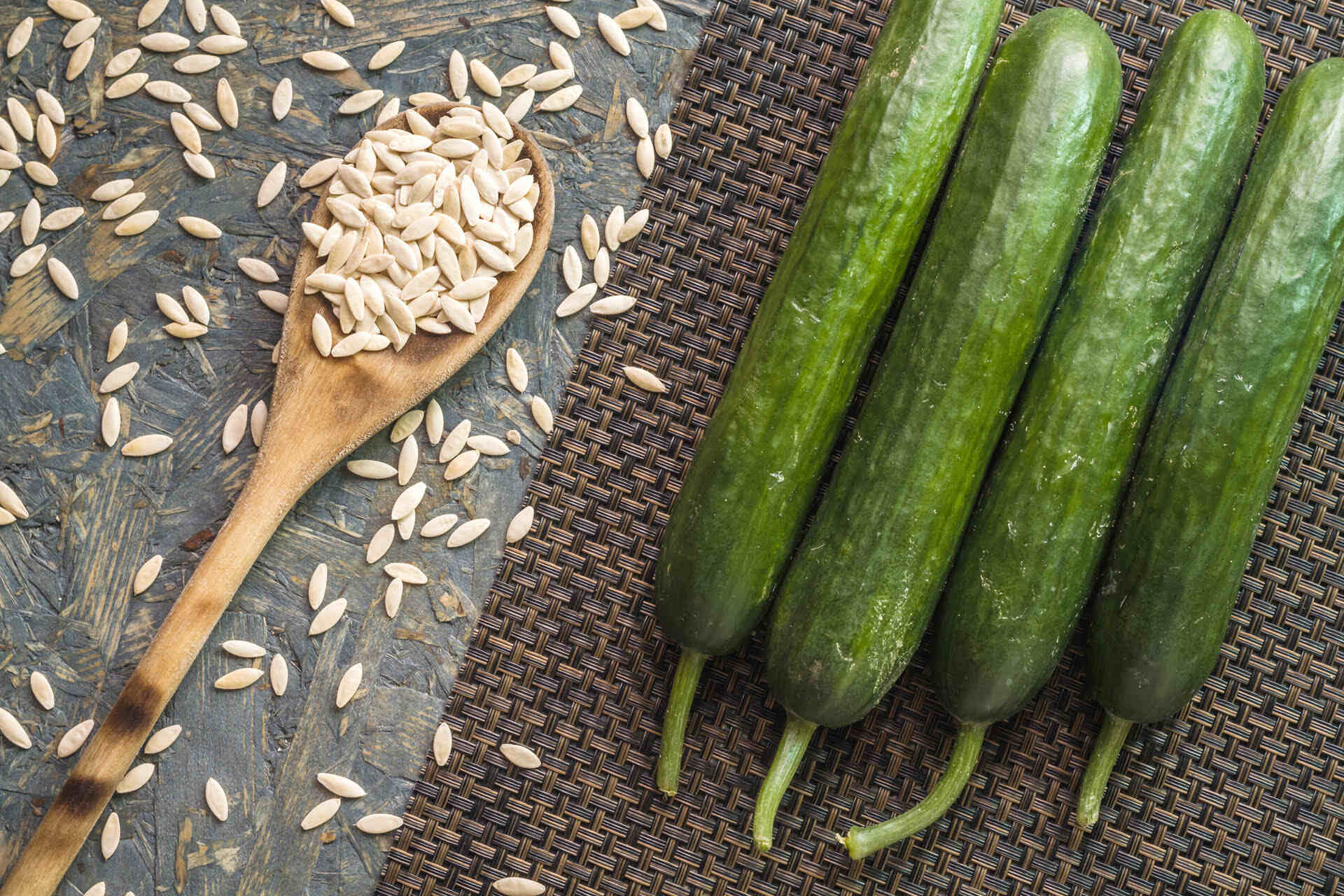
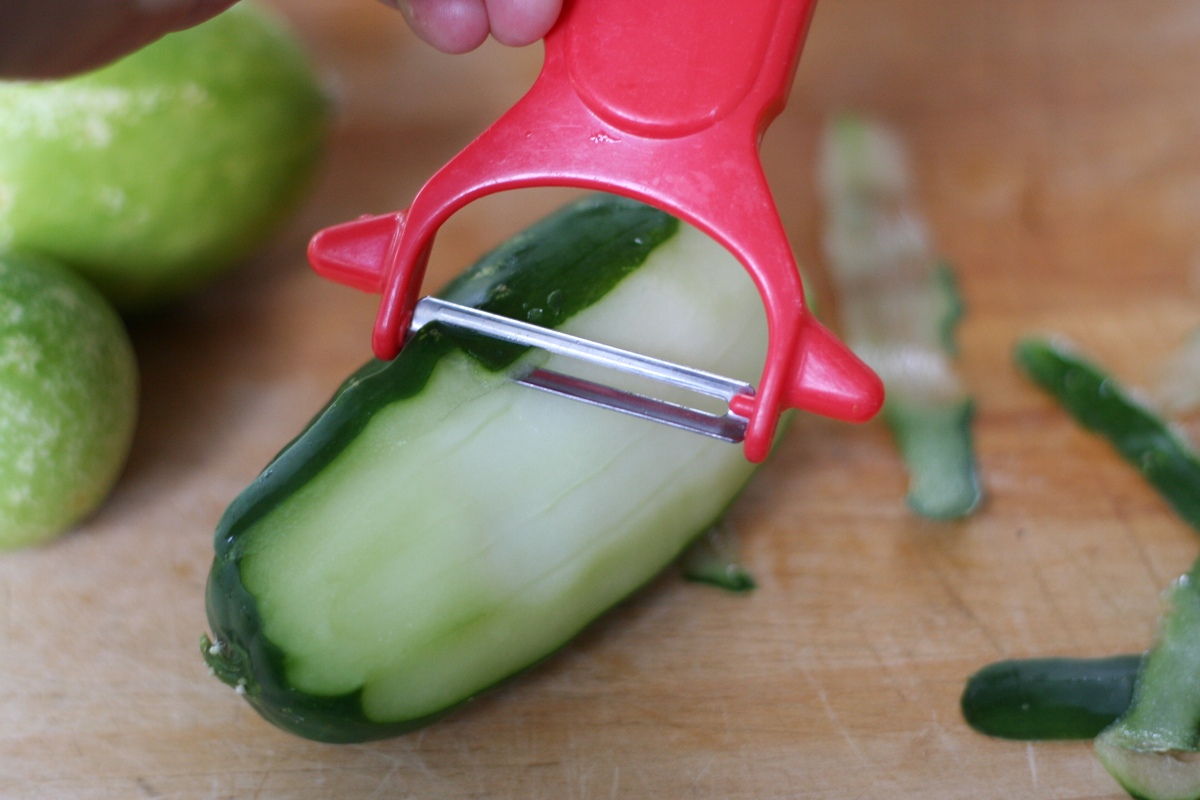
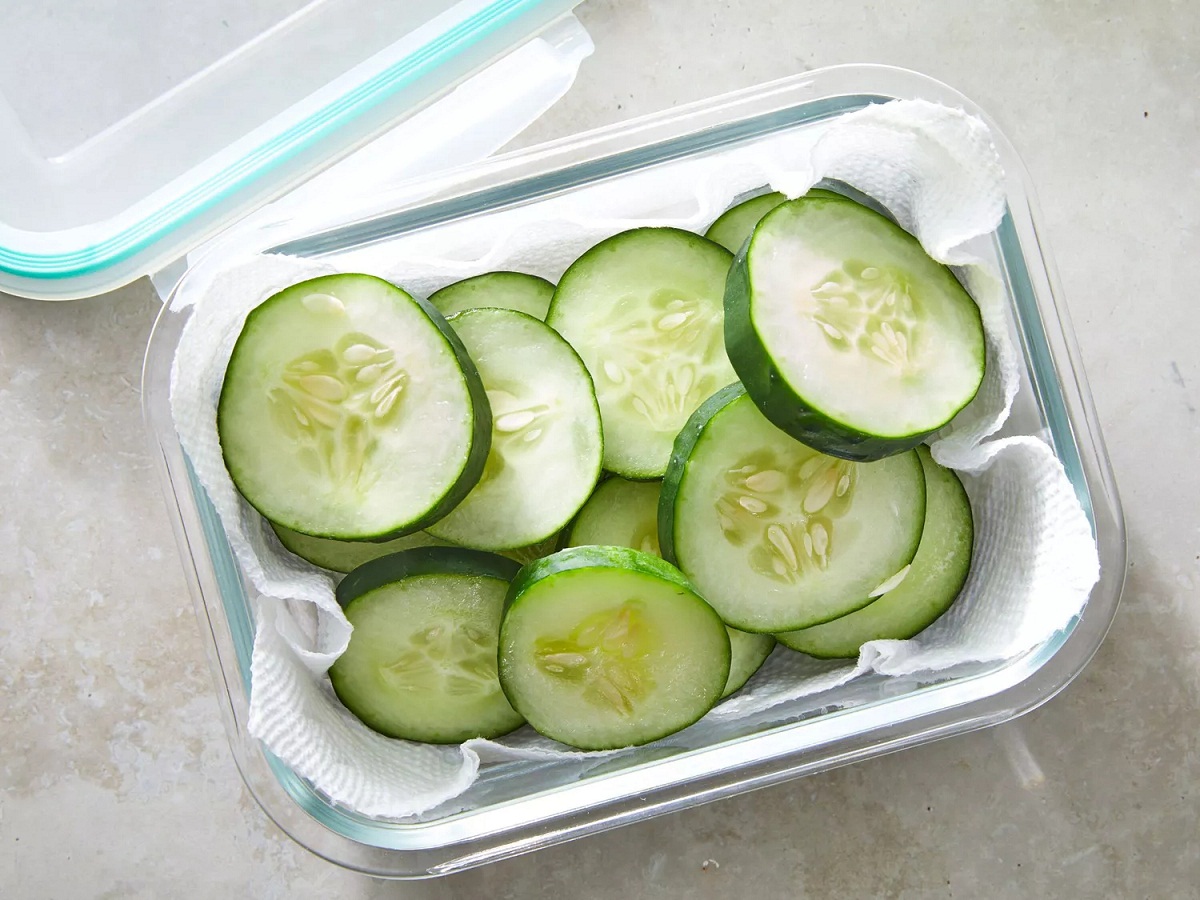
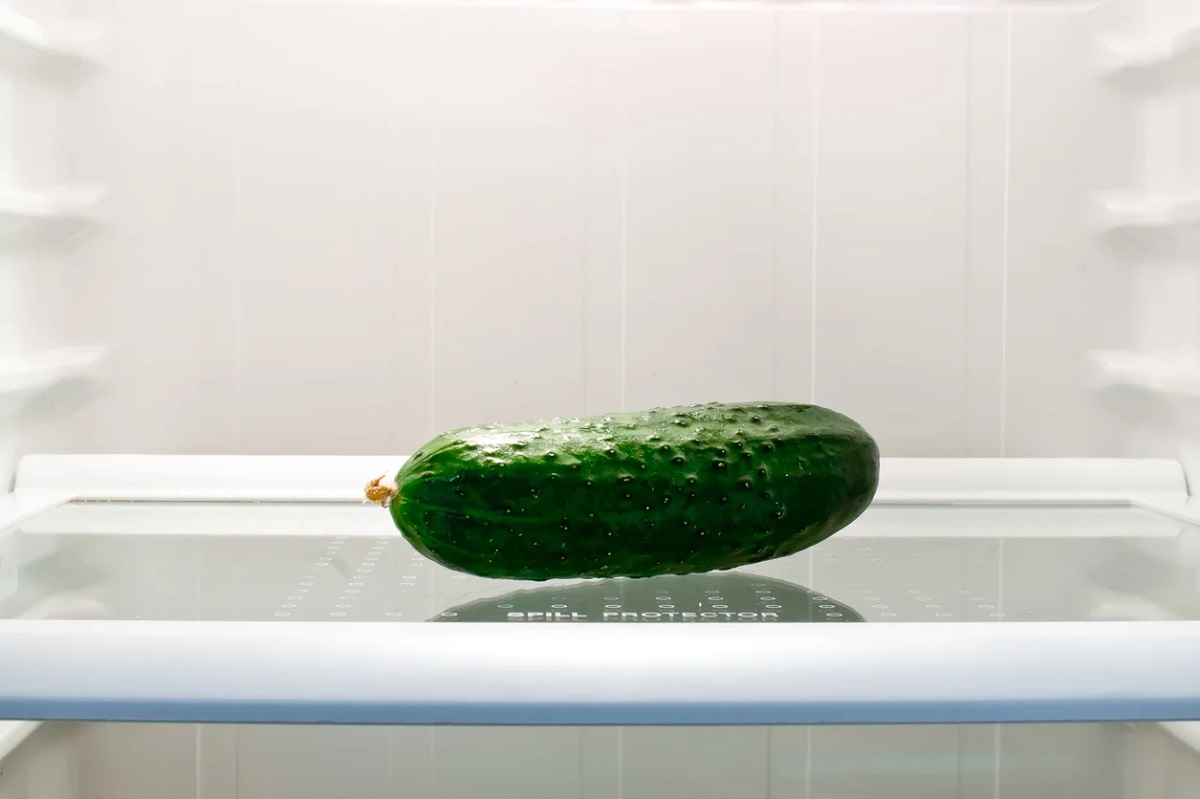
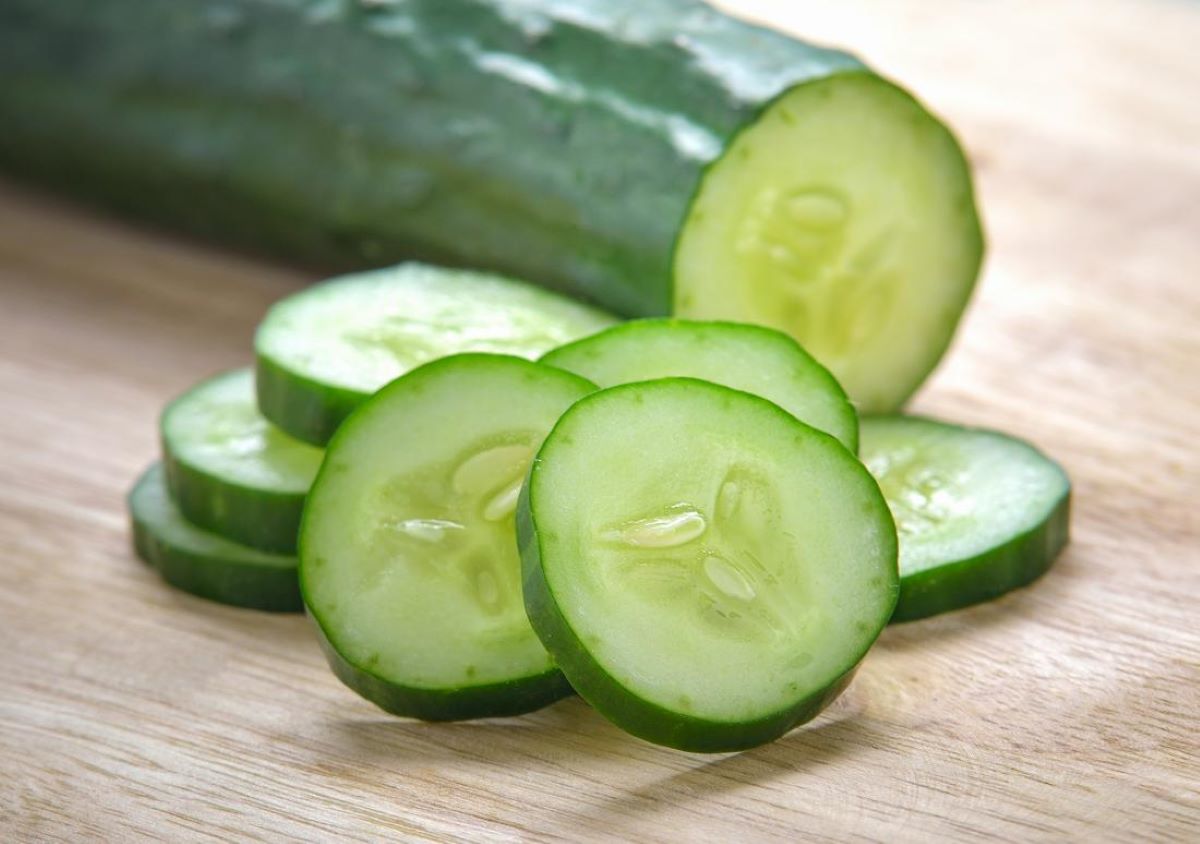
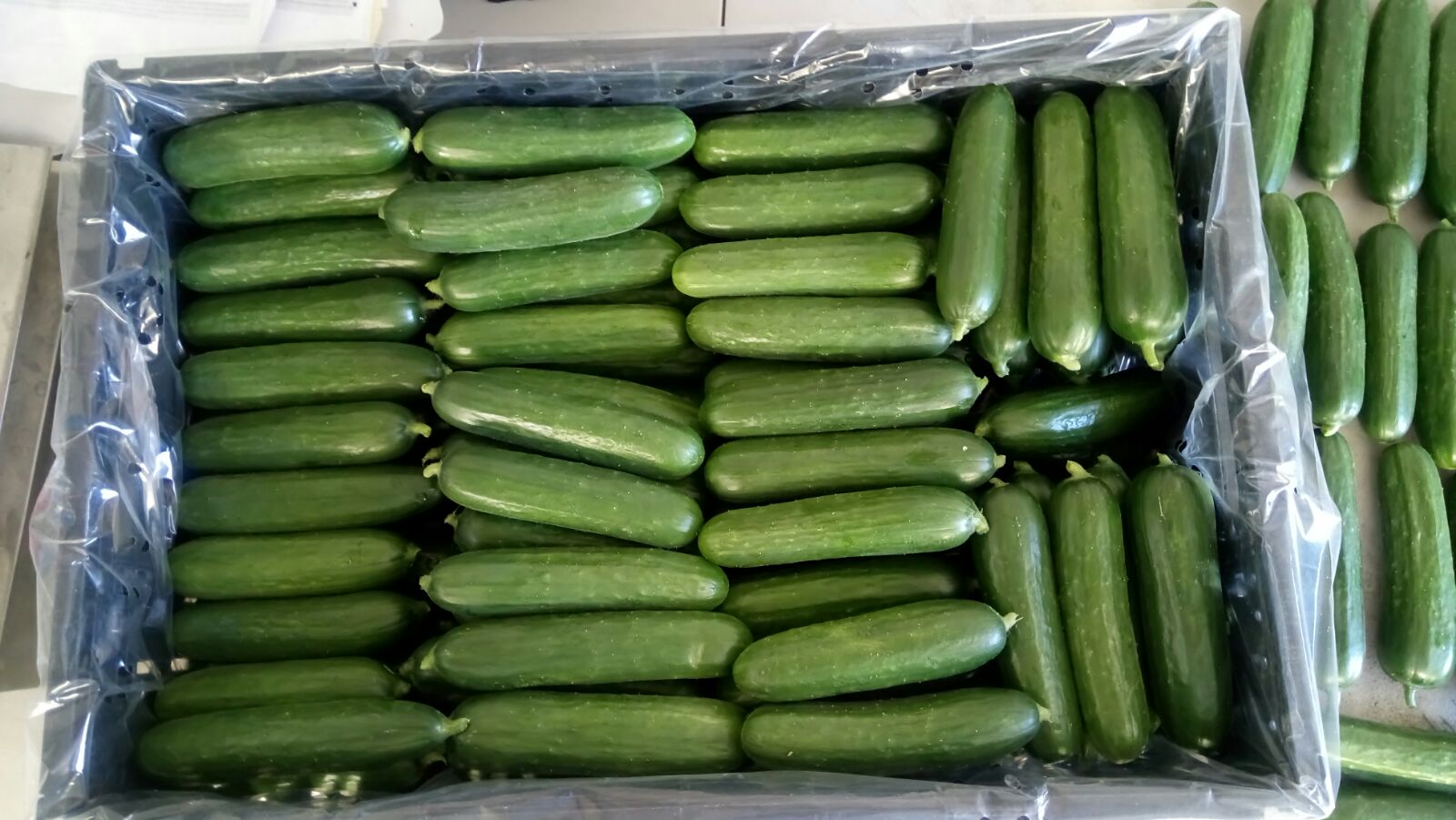


0 thoughts on “How To Store Cut Up Cucumbers”